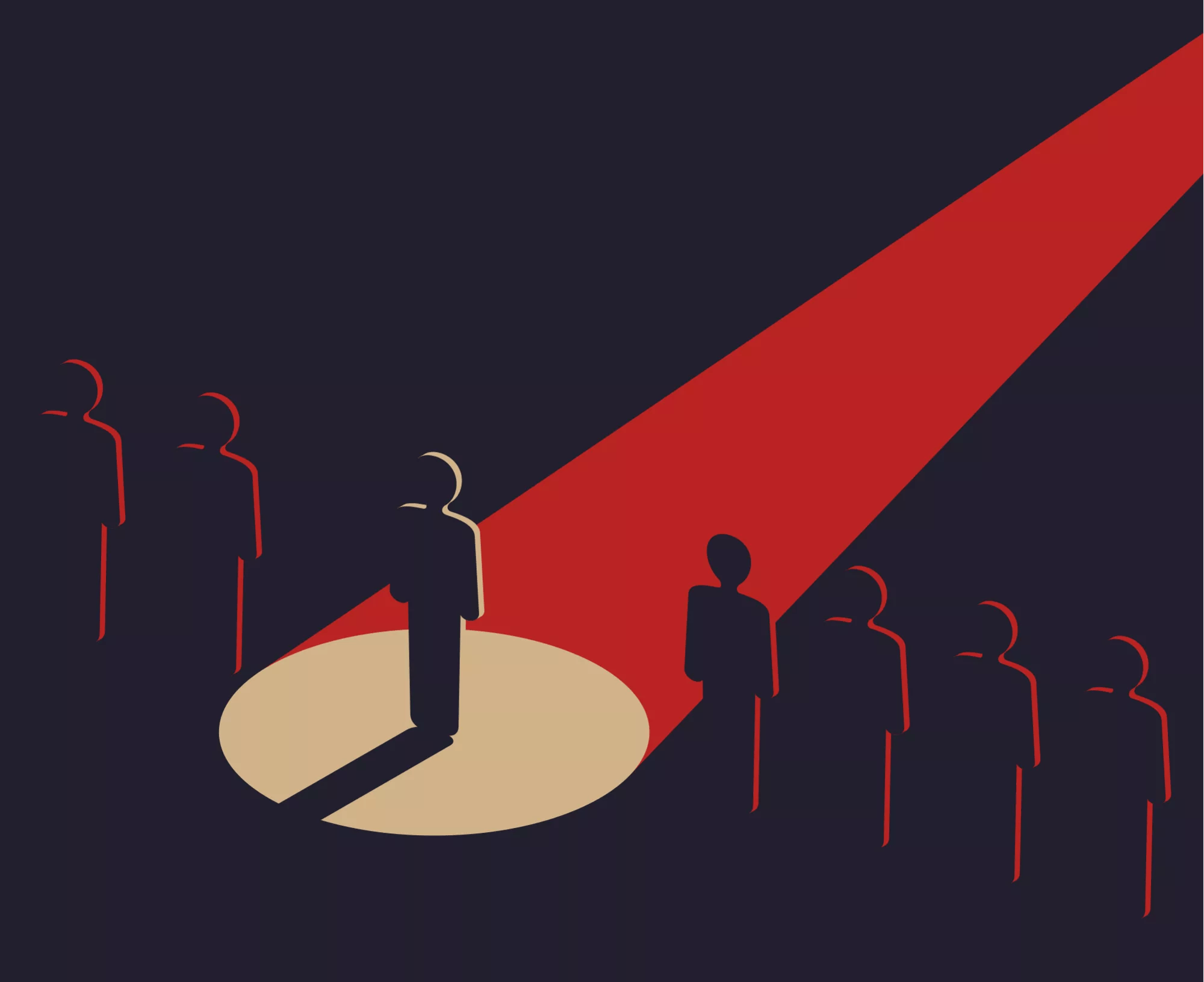ATD Newsletters
Get the inside scoop with exclusive benefits, resources, and opportunities for members-only. Stay informed and maximize your membership!
This weekly newsletter features worldwide talent development news. As you select articles to read, AI tailors content to match your interest over time.
Our weekly ATD newsletter delivers fresh research, big ideas, and practical tips from the talent development industry, rain or shine, every Tuesday morning.
Tailored for current and aspiring TD leaders, offering articles, podcasts with top influencers, and cutting-edge research on workplace trends.
Sign up to receive newsletters from ATD topic areas catered to your interest.

Instructional Design
Explore the latest on e-learning and using technology to support learning and performance.

Leadership and Management Development
Strengthen leadership capabilities within the organization and identify trends in enhancing future talent.

Learning Technologies
The use of technology to improve or facilitate learning and talent development.

Sales Enablement
Explore the latest content about sales team management, sales tools, positioning, and more.

Organization Development and Talent Management
Using strategic human resource planning to improve business value and make it possible for companies and organizations to reach their goals.

Training Delivery
Delivering informal and formal learning solutions. Browse the latest on facilitation and leading engaging learning experiences.

My Career
Filled with cutting-edge career development content, tools, templates, best practices, events, and more.

AI Insights
A monthly newsletter full of the latest insights and trends around AI in talent development.
